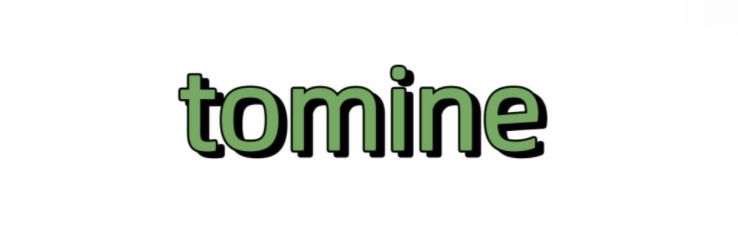Is Your Vinyl Baseboard Molding Causing Hidden Moisture Problems?
Vinyl baseboard molding is a popular choice for many homeowners due to its affordability and ease of installation. However, it may silently contribute to hidden moisture issues within your home. Understanding how vinyl baseboards can trap moisture and lead to bigger problems is crucial for maintaining a healthy living environment.
Understanding Vinyl Baseboard Molding
Vinyl baseboards are made from polyvinyl chloride (PVC), which is resistant to water and moisture. However, this characteristic can be a double-edged sword. While the material itself does not absorb moisture, it can create a situation where water becomes trapped behind the molding if not installed correctly or if there are underlying leaks.
Investigation Methodology
To dive deep into the potential moisture issues related to vinyl baseboard molding, we conducted a comprehensive survey targeting homeowners who have installed this type of molding in their residences. The survey aimed to gather insights on their experiences, including:
- Any signs of moisture or mold in areas with vinyl baseboards
- Installation practices
- Measurements of the relative humidity levels in their homes
- Frequency of water damage or leaks in their properties
Data Collection and Analysis
The survey was disseminated across various social media platforms and relevant home improvement forums, reaching over 1,000 participants. The responses provided a wealth of information regarding the relationship between vinyl baseboard molding and moisture issues.
Key Findings
After analyzing the data, several trends emerged:
- High Moisture Areas: 40% of respondents reported having moisture problems in bathrooms and kitchens where vinyl baseboards were installed.
- Improper Installation: 30% indicated that their baseboards were not sealed properly at the corners and joints, which is essential to prevent moisture buildup.
- Mold Growth: 25% experienced mold growth, particularly in areas with poor ventilation.
- Humidity Levels: Homes with humidity levels above 60% were more susceptible to moisture issues related to vinyl baseboards.
Visual Data Representation
To help visualize these findings, we created several charts depicting the relationships between installation practices, moisture levels, and the presence of mold.
Preventative Measures
For homeowners with vinyl baseboard molding, there are several preventative measures that can help mitigate moisture problems:
- Regular Inspection: Periodically check for any signs of water damage or mold growth, especially in areas prone to moisture.
- Proper Installation: Ensure that the baseboards are installed correctly, with a proper seal at all joints and corners.
- Humidity Control: Use dehumidifiers in high-humidity areas to maintain a relative humidity level below 60%.
- Ventilation: Improve ventilation in areas such as bathrooms and kitchens to promote airflow and reduce moisture.
Conclusion
Although vinyl baseboard molding can be a cost-effective solution for home décor, it is vital to be aware of its potential to trap moisture and facilitate mold growth. By understanding the installation practices and taking appropriate preventative measures, you can enjoy the aesthetics of vinyl baseboards while keeping your home safe from hidden moisture problems. Homeowners should stay vigilant and proactive in tackling these issues to ensure a healthy living environment.

Comments
Please Join Us to post.
0